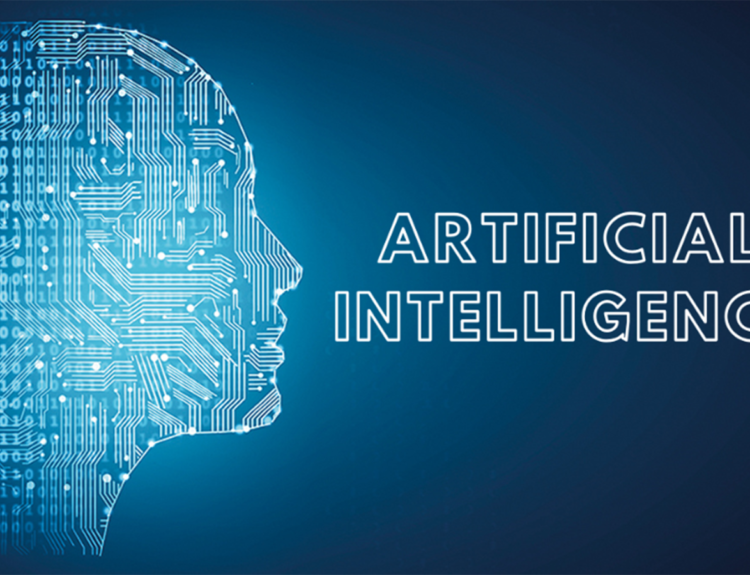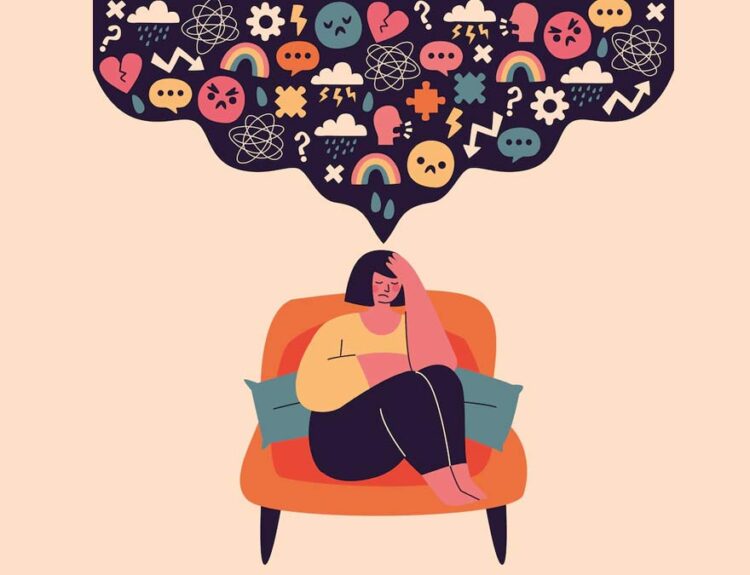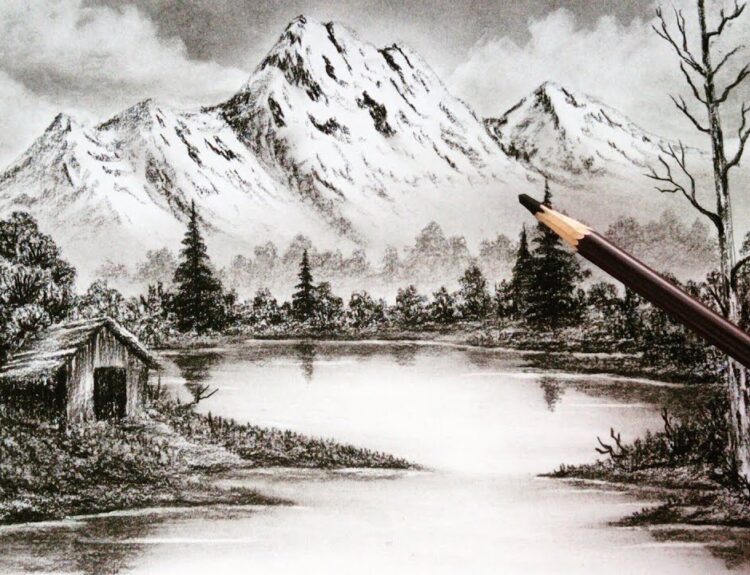In the ever-evolving landscape of digital technology, 3D Modeling & Animation stands as one of the most influential and transformative art forms of our time. From the blockbuster movies that captivate our imagination to the video games that transport us to new worlds, from architectural visualizations that bring unbuilt structures to life to medical simulations that train the next generation of surgeons—3D Modeling & Animation has become an integral part of numerous industries and continues to push the boundaries of what’s possible in the digital realm.
The Evolution of 3D Modeling & Animation
The journey of 3D Modeling & Animation began in the late 1960s and early 1970s, with pioneering work at institutions like the University of Utah, where researchers like Ed Catmull (later co-founder of Pixar) developed early computer graphics techniques. The first major milestone came in 1972 with the creation of a 3D animated hand by Catmull, demonstrating that computers could be used to create realistic moving images.
Throughout the decades that followed, 3D Modeling & Animation evolved rapidly:
- The 1980s saw the emergence of commercial 3D software and the first fully 3D animated sequences in films like “Star Trek II: The Wrath of Khan” (1982) and “Tron” (1982).
- The 1990s brought landmark achievements with the release of “Toy Story” (1995), the first fully 3D animated feature film, and the growing adoption of 3D graphics in video games.
- The 2000s witnessed exponential growth in the capabilities and accessibility of 3D Modeling & Animation tools, with software like Blender becoming freely available.
- The 2010s introduced sophisticated real-time rendering engines, making high-quality 3D Modeling & Animation accessible to indie creators and small studios.
- The 2020s are seeing the integration of AI with 3D Modeling & Animation, automating complex processes and making the field more accessible than ever before.
Today, 3D Modeling & Animation has matured into a sophisticated discipline with diverse applications across numerous industries, empowered by cutting-edge technology that continues to evolve at a rapid pace.
The Core Components of 3D Modeling & Animation
Modeling: Building the Digital Foundation
At the heart of 3D Modeling & Animation is the modeling process—the creation of three-dimensional digital objects in a virtual space. Several techniques are employed in 3D modeling:
- Polygon Modeling: The most common approach, where 3D objects are represented as a collection of points (vertices) connected by edges to form faces. The combination of these faces creates the 3D model’s surface. Polygon modeling offers precise control and is highly versatile.
- NURBS Modeling: Non-Uniform Rational B-Splines (NURBS) use mathematical curves rather than polygons to define shapes. This approach is ideal for creating smooth, organic forms and is commonly used in industrial design and automotive modeling.
- Subdivision Surface Modeling: A hybrid approach that starts with a low-polygon model and applies subdivision algorithms to create a smoother surface. This technique allows artists to work with simple forms that can be refined to complex, detailed models.
- Procedural Modeling: Rather than manually crafting each element, procedural modeling uses algorithms and rules to generate models automatically. This is particularly useful for creating natural elements like landscapes, trees, or cityscapes.
- Sculpting: Digital sculpting simulates the experience of working with clay, allowing artists to push, pull, smooth, and manipulate 3D forms intuitively. Tools like ZBrush and Blender’s sculpting mode have revolutionized character creation and organic modeling.

Texturing: Adding Surface Detail and Realism
Once a model is created, texturing breathes life into it by adding color, patterns, and surface details. Modern 3D Modeling & Animation employs several types of textures:
- Color Maps (Diffuse Textures): Define the base color of a surface
- Normal Maps: Create the illusion of surface detail without adding additional geometry
- Specular Maps: Control how light reflects off surfaces
- Displacement Maps: Actually modify the geometry of a model to create real physical detail
- Roughness Maps: Define how rough or smooth a surface appears
- Metallic Maps: Control which parts of a surface behave like metal versus non-metal
The development of Physically Based Rendering (PBR) workflows has standardized texture creation in 3D Modeling & Animation, making it easier to achieve realistic results across different software and platforms.
Rigging: Creating the Digital Skeleton
For characters and objects that need to move, rigging creates an underlying structure—essentially a digital skeleton—that controls how the model deforms when animated. The rigging process involves:
- Creating a hierarchical bone structure
- Defining how each bone influences the model’s geometry (weight painting)
- Adding controls that animators can manipulate
- Setting up constraints that limit movement to natural ranges
Advanced rigging may include inverse kinematics (allowing natural movement chains), dynamic simulations for secondary motion, and facial rigging systems for expressive character animation.
Animation: Bringing Digital Creations to Life
Animation is where static models become dynamic, moving entities. In 3D Modeling & Animation, several techniques are employed:
- Keyframe Animation: The animator defines key poses at specific frames, and the software interpolates the motion between them. This gives precise control over timing and movement.
- Motion Capture: Recording the movements of real actors using special equipment and applying those movements to 3D characters. This technique is widely used in films and games to create realistic human movement.
- Procedural Animation: Using algorithms and physics simulations to automatically generate movement, particularly useful for crowds, cloth, hair, and natural phenomena.
- Dynamic Simulations: Physics-based systems that simulate real-world behaviors like fluid dynamics, cloth movement, or rigid body interactions.
The principles of traditional animation—timing, spacing, squash and stretch, anticipation, etc.—remain crucial in 3D Modeling & Animation, even as technology advances.
Lighting and Rendering: The Final Touch
Lighting in 3D Modeling & Animation serves the same purpose as in photography or film—it creates mood, guides the viewer’s eye, and enhances the three-dimensionality of the scene. Various light types (directional, point, spot, area) and techniques (global illumination, HDR lighting) are employed to achieve the desired aesthetic.
Rendering is the process of generating the final image or frame from the 3D scene, calculating how light interacts with objects and materials. Modern rendering approaches include:
- Ray Tracing: Simulates the physical behavior of light by tracing the path of rays from the camera
- Path Tracing: An advanced form of ray tracing that creates highly realistic lighting effects
- Real-time Rendering: Used in games and interactive applications, sacrificing some quality for speed
- Stylized Rendering: Non-photorealistic approaches that mimic artistic styles like cel shading or watercolor
Applications of 3D Modeling & Animation Across Industries
Entertainment and Media
The entertainment industry has been transformed by 3D Modeling & Animation, with applications including:
- Film and Television: From fully animated features to visual effects in live-action productions
- Video Games: Creating immersive interactive worlds and characters
- Virtual Reality: Building interactive 3D environments for immersive experiences
- Augmented Reality: Overlaying 3D content onto the real world
The boundaries between these categories continue to blur as 3D Modeling & Animation techniques converge across different media formats.
Architecture and Design
Architects and designers leverage 3D Modeling & Animation to:
- Create detailed visualizations of buildings and spaces before construction
- Present designs to clients in an immersive, interactive format
- Test structural integrity and spatial relationships
- Simulate how light will interact with spaces throughout the day
- Create virtual walkthroughs of proposed designs
The adoption of Building Information Modeling (BIM) has integrated 3D Modeling & Animation deeply into the architectural workflow, allowing for better collaboration and more efficient design processes.
Manufacturing and Product Design
In industrial settings, 3D Modeling & Animation facilitates:
- Product prototyping and testing without physical manufacturing
- Assembly and maintenance simulations
- Marketing visualizations of products
- Integration with CAD systems for production
- Training simulations for complex machinery
The ability to visualize products in 3D before production saves time, reduces costs, and improves design outcomes.
Healthcare and Medicine
Medical applications of 3D Modeling & Animation include:
- Surgical planning and simulation
- Medical education and training
- Visualization of complex anatomical structures
- Patient education about procedures
- Prosthetic design and customization
These applications improve medical outcomes by enhancing understanding and providing safe environments for practice and training.
Scientific Visualization and Research
Scientists use 3D Modeling & Animation to:
- Visualize complex data sets in three dimensions
- Simulate natural phenomena like weather patterns or geological processes
- Create models of microscopic structures or astronomical objects
- Communicate research findings to non-specialists
- Test theoretical models in virtual environments
The ability to visualize and interact with complex systems in three dimensions has revolutionized scientific research and education.
The Tools and Technologies Driving 3D Modeling & Animation
Software Solutions
The 3D Modeling & Animation industry is supported by a diverse ecosystem of software tools:
- General 3D Packages: Blender, Autodesk Maya, Cinema 4D, 3ds Max
- Specialized Sculpting Tools: ZBrush, Mudbox
- CAD Software: Fusion 360, SolidWorks, Rhino
- Game Engines: Unreal Engine, Unity
- Simulation Tools: Houdini, Realflow
- Rendering Engines: Arnold, V-Ray, Redshift, Octane
The democratization of these tools—particularly with Blender being free and open-source—has opened 3D Modeling & Animation to a global community of creators.
Hardware Advancements
The evolution of 3D Modeling & Animation has been closely tied to advances in computing hardware:
- GPUs: Graphics processing units from NVIDIA and AMD have revolutionized rendering speeds
- Motion Capture Systems: From professional studio setups to affordable solutions like Kinect
- VR/AR Devices: Enabling immersive creation and review of 3D content
- 3D Scanners: Facilitating the rapid digitization of real-world objects
- Specialized Input Devices: Drawing tablets, 3D mice, and haptic feedback systems
These hardware innovations continue to make 3D Modeling & Animation more accessible and powerful.
The Future of 3D Modeling & Animation
As we look ahead, several trends are shaping the future of 3D Modeling & Animation:
AI and Automation
Artificial intelligence is transforming 3D Modeling & Animation through:
- Automated rigging and skinning
- AI-assisted animation that can predict movement patterns
- Generative design for modeling
- Smart texturing tools that understand material properties
- Automated scene composition and lighting
These AI tools are not replacing artists but augmenting their capabilities, handling tedious tasks while allowing creators to focus on creative decisions.
Real-time Rendering Revolution
The line between pre-rendered and real-time 3D Modeling & Animation continues to blur:
- Game engines like Unreal and Unity are being used for film production
- Virtual production techniques allow filmmakers to see final-quality imagery on set
- Real-time ray tracing brings photorealistic quality to interactive experiences
- Cloud rendering services make high-quality rendering more accessible
This shift to real-time workflows is changing production pipelines across industries.
Metaverse and Extended Reality
The concept of the metaverse is driving new applications of 3D Modeling & Animation:
- Persistent virtual worlds requiring vast amounts of 3D content
- Avatar systems for digital representation
- Virtual goods and spaces as commercial products
- Cross-platform 3D assets that work across different experiences
- Social experiences centered around 3D environments
This emerging space presents both challenges and opportunities for 3D Modeling & Animation professionals.
Democratization and Accessibility
The barriers to entry for 3D Modeling & Animation continue to fall:
- Browser-based 3D tools requiring no installation
- Mobile apps bringing 3D creation to smartphones and tablets
- Template-based systems for non-specialists
- Community-driven learning resources and asset libraries
- Collaborative platforms for distributed teams
This democratization is expanding the global community of 3D creators and leading to diverse and innovative applications of the technology.
Conclusion
3D Modeling & Animation has evolved from an experimental technology to a fundamental digital art form that shapes our visual culture and impacts numerous industries. As computing power increases, software becomes more accessible, and techniques continue to advance, the boundaries of what’s possible with 3D Modeling & Animation will continue to expand.
For professionals in the field, this means continuous learning and adaptation. For industries, it means new opportunities to visualize, communicate, and create. For audiences, it means increasingly immersive and engaging experiences across entertainment, education, and beyond.
The journey of 3D Modeling & Animation is far from complete—it continues to evolve and transform, driven by technological innovation and the boundless creativity of the artists and technologists who push its boundaries. As we move into an increasingly digital future, 3D Modeling & Animation will undoubtedly play a central role in shaping how we create, communicate, and experience the world around us.










